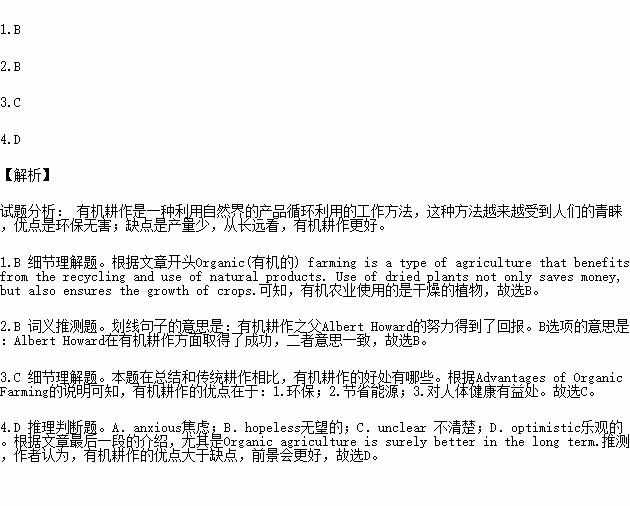The Benefits and Considerations of Xanthan Gum in Cat Food: A Comprehensive Guide
Guide or Summary:Xanthan Gum in Cat Food: An OverviewThe Role of Xanthan Gum in Cat FoodBenefits of Xanthan Gum in Cat FoodConsiderations When Using Xanthan……
Guide or Summary:
- Xanthan Gum in Cat Food: An Overview
- The Role of Xanthan Gum in Cat Food
- Benefits of Xanthan Gum in Cat Food
- Considerations When Using Xanthan Gum in Cat Food
- Conclusion: The Future of Xanthan Gum in Cat Food
**Translation of "xanthan gum in cat food":** Xanthan gum in cat food
Xanthan Gum in Cat Food: An Overview
Xanthan gum in cat food is a food additive that has garnered attention in recent years for its potential benefits and applications in pet nutrition. Originally discovered in the 1960s, xanthan gum is a polysaccharide produced by the fermentation of sugar by the bacterium Xanthomonas campestris. Its unique properties as a thickening and stabilizing agent make it a popular choice in both human and pet food formulations.
The Role of Xanthan Gum in Cat Food
In cat food, xanthan gum serves several important functions. Firstly, it acts as a thickening agent, improving the texture of wet cat food and providing a more palatable experience for felines. Cats are notoriously finicky eaters, and a desirable texture can make all the difference in encouraging them to eat. Moreover, xanthan gum helps to stabilize emulsions, ensuring that the ingredients remain well-mixed and that the food maintains its consistency throughout its shelf life.

Additionally, xanthan gum can aid in the digestion of food. By forming a gel-like substance in the digestive tract, it can slow down the absorption of nutrients, allowing for a more gradual release of energy. This can be particularly beneficial for cats with specific dietary needs, such as those requiring weight management or those with certain metabolic disorders.
Benefits of Xanthan Gum in Cat Food
One of the primary benefits of xanthan gum in cat food is its potential to improve the overall quality of the diet. Cats require a balanced diet rich in proteins, fats, and certain carbohydrates. Xanthan gum can help to create a more appealing texture while also contributing to the overall nutritional profile of the food.
Moreover, xanthan gum is generally recognized as safe (GRAS) by the FDA, making it a reliable option for pet food manufacturers. Its use in cat food can also cater to cats with food sensitivities, as it is gluten-free and can provide a suitable alternative to other thickening agents that may contain allergens.

Considerations When Using Xanthan Gum in Cat Food
While xanthan gum offers several benefits, it is essential for pet owners to be aware of the potential drawbacks. Some cats may have sensitivities to certain additives, and although xanthan gum is typically well-tolerated, it is always advisable to monitor your cat's reaction when introducing new foods.
Additionally, excessive amounts of xanthan gum can lead to gastrointestinal issues, such as bloating or diarrhea. Therefore, it is crucial for manufacturers to use it in moderation and for pet owners to choose high-quality cat foods that contain xanthan gum in appropriate amounts.
Conclusion: The Future of Xanthan Gum in Cat Food
As the pet food industry continues to evolve, the inclusion of xanthan gum in cat food is likely to remain a topic of interest. Its ability to enhance texture, stabilize ingredients, and potentially aid in digestion makes it a valuable component in the formulation of premium cat foods. Pet owners should always consult with their veterinarians when considering dietary changes for their cats, but xanthan gum in cat food presents an intriguing option for those looking to optimize their feline companions' nutrition.

In conclusion, understanding the role of xanthan gum in cat food can help pet owners make informed choices about their cats' diets, ensuring that they receive the best possible nutrition while enjoying their meals.